by John Hirschauer
The FBI’s latest annual report on hate crimes seemed to deliver more grim news about race relations in America, announcing a nearly 40% rise in anti-black hate crimes in 2020. Major news outlets trumpeted the headline-grabbing statistic, noting that it coincided with a rise in “white nationalism” and came amid a surge in anti-black “hostility” caused by summer 2020 protests. Attorney General Merrick Garland quickly promised “a comprehensive response” by the Department of Justice.
But a closer look at the data reveals a more complicated picture. Some of the biggest increases in anti-black hate crimes occurred in Democratic Party strongholds yet, perhaps surprisingly, almost no increases were reported in major cities riven by the racially tinged protests and riots after George Floyd’s murder. It’s no surprise, then, that experts caution against using these numbers to claim an epidemic of anti-black crime – both because of the FBI data’s limitations, as well as the small absolute and relative size of the reported increase.
The recent FBI dataset tallies reported hate crimes, not the number proven in court. It’s unknown whether the “true” number of hate crimes committed in 2020 is higher or lower than the FBI’s reported total. On one hand, not all crimes are reported to police, which could lead to undercounting. On the other, it’s likely that some portion of reported hate crimes would not withstand legal scrutiny, meaning the FBI’s figures might be inflated. The high evidentiary threshold required to prove a hate crime in court is illustrated by the fact that Derek Chauvin – the white cop cast as a racist convicted of murdering George Floyd last year – was not charged with a hate crime.
Whether the FBI’s data over or understates the true number of hate crimes, the total number of reported anti-black hate crimes is relatively small. In 2020, the FBI recorded a total of 7,759 hate incidents — which the FBI defines as “one or more offenses committed by the same offender, or group of offenders acting in concert, at the same time and place” — in a country of 330 million people. Assailants with anti-black biases allegedly initiated 2,755 such incidents, targeting some 3,769 victims. This was the highest number of anti-black incidents recorded by the FBI since 2008, but at that time there were 13,690 law enforcement agencies submitting hate crime data, versus the 15,136 agencies reporting such data last year, reflecting the imprecise nature of hate crime statistics.
What was the nature of these reported crimes? Most of the anti-black offenses recorded by the FBI in 2020 were acts of intimidation and vandalism; roughly 1,200 (approximately 30%) involved violence. One bias-motivated crime is too many, of course, but the number of reported black hate-crime victims pales in comparison to the reported black victims of other crimes.
For example, there were over 189,000 reported black victims of aggravated assault in 2020 — more than 50 times the number of victims in all anti-black incidents combined. Black homicide victims dwarfed the total number of victims of all anti-black incidents in 2020. According to the FBI’s Expanded Homicide Data, there were more than 9,900 black homicide victims recorded by the FBI in 2020. Of the more than 3,700 black victims in single offender/single victim homicide cases, over 85 percent of the offenders were black. Among all anti-black offenses reported nationally in 2020, the FBI recorded a total of five murders and nonnegligent manslaughters — less than 1/10th of 1% of the total homicides committed against African Americans.
While the absolute increase is relatively small, there’s no doubt that reported anti-black hate incidents rose significantly in 2020. A majority of states (37) reported year-over-year increases to the FBI. However, only 14 of these states — including Ohio, which submitted its figures after the FBI released its report — saw increases of more than 20 cases.
Further, state data available on the FBI’s Crime Data Explorer site reveals that just six states — California, Ohio, Texas, Oregon, Indiana, and Colorado — were responsible for more than half of the national increase between 2019 and 2020.
Charles Lehman, a fellow at Manhattan Institute and an expert on policing and public safety, told RealClearInvestigations that one reason the number of reported anti-black hate crimes varies significantly across states is that state and local police departments differ in how they classify criminal incidents. In other words, some states are more willing than others to label certain criminal incidents as hate crimes. State laws, too, vary with respect to hate crimes, which can affect the types of incidents that are ultimately reported as such. Lehman pointed to the disparity between Alabama and Arizona as an illustrative example, noting that Alabama has more than twice as many black residents as Arizona but recorded only seven anti-black hate incidents in 2020 compared with Arizona’s 124.
City-level data complicates the story further. Several solidly blue cities that figured prominently in the summer’s protests — Minneapolis, Portland, New York, Kenosha, Seattle, Washington, D.C., Atlanta, and Chicago — did not record meaningful increases in anti-black hate crimes between 2019 and 2020. Minneapolis recorded nine anti-black hate incidents in 2020 after failing to report in 2019. Portland and New York City each had two additional reported anti-black hate incidents between 2019 and 2020; Seattle’s total fell from 84 in 2019 to 52 in 2020. Chicago had five total reported incidents in 2020, down from seven in 2019. Kenosha and Atlanta recorded zero incidents in both 2019 and 2020.
Brian Levin, director of the Center for the Study of Hate and Extremism at California State University, San Bernardino, cautioned that municipal hate crime data can be imperfect.
“The problem is, when you get to a place like Kenosha, or some other places, they have no levels of reporting. During these kinds of protests, when 911 systems are overwhelmed, you may not get all those [hate crime] reports in. In addition, there are issues with regard to trust [with] those police departments,” Levin told RealClearInvestigations.
Sample size is also a significant issue with hate crime data. The relatively small number of anti-black hate crimes reported annually makes it difficult to distinguish genuine trends in the data from random noise.
The issue is underscored by the FBI’s findings regarding hate crimes perpetrated against other groups. Asian Americans, for example, suffered a 70% increase in reported hate crimes during 2020 – to a total of 274. This was trumpeted as a “surge” in anti-Asian hate incidents, but the absolute numbers are so small relative to the population that it’s unclear whether the increase is due to a bona fide spike in “hate” against Asian Americans or randomness.
Some researchers argue that traditional hate crime statistics are unreliable more generally. Jacob Kaplan, the chief data scientist in research on policing reform and accountability at Princeton University, explained in his book on the FBI’s Uniform Crime Reporting initiative (UCR) that hate crimes are the most difficult category of crime to track at the national level because of reporting irregularities and the relative infrequency of hate crimes.
“[The hate crimes dataset] is also the most under-reported UCR dataset with most agencies not reporting any hate crimes to the FBI. This leads to huge gaps in the data with some states having zero agencies report crime, agencies reporting some bias motivations but not others, [and] agencies reporting some years but not others,” he said. “While these problems exist for all of the UCR datasets, it is most severe in this data. This problem is exacerbated by hate crimes being rare even in agencies that report them — with such rare events, even minor changes in which agencies report or which types of offenses they include can have large effects.”
Lehman echoed Kaplan’s concerns about underreporting, noting that the “number of jurisdictions that actually report [hate crimes] at all is small and varies wildly, and people’s willingness to report also varies significantly.”
Levin argued that the Bureau of Justice Statistics’ National Crime Victimization Survey proves that a significant number of hate incidents go unreported each year. He also claimed that southern states such as Mississippi and Alabama have historically underreported the number of hate crimes, which has had the effect of depressing the national numbers.
“We were having more hate crimes in Eugene, Oregon, than in multiple Southern states combined for a while,” he said.
The reporting disparities across states and localities make it difficult to draw meaningful conclusions about reported hate crime data. The nebulous nature of “hate” — most crimes involve some element of malice, after all — adds to the challenge. Despite these limitations, Lehman argued that the reported surge in anti-black hate crimes warrants federal attention.
“I think it warrants serious attention,” he said. “In absolute terms, non-hate crimes are a much bigger deal, and I’d prefer limited resources go there. But we should always take it seriously when there’s a spike in heinous offenses, and I think hate crimes qualify.”
– – –
John Hirschauer is a reporter for RealClearInvestigations.

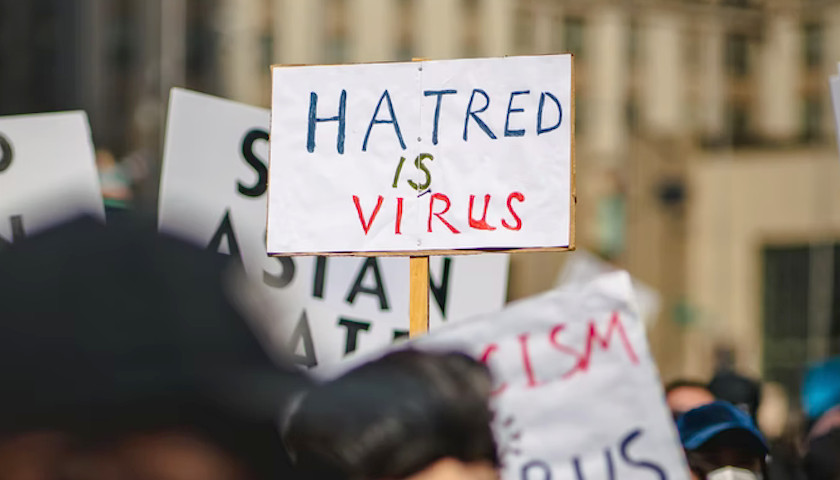
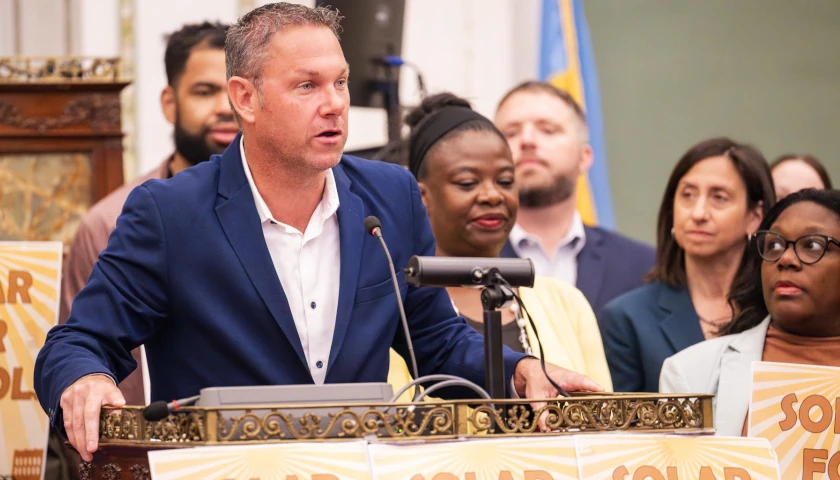
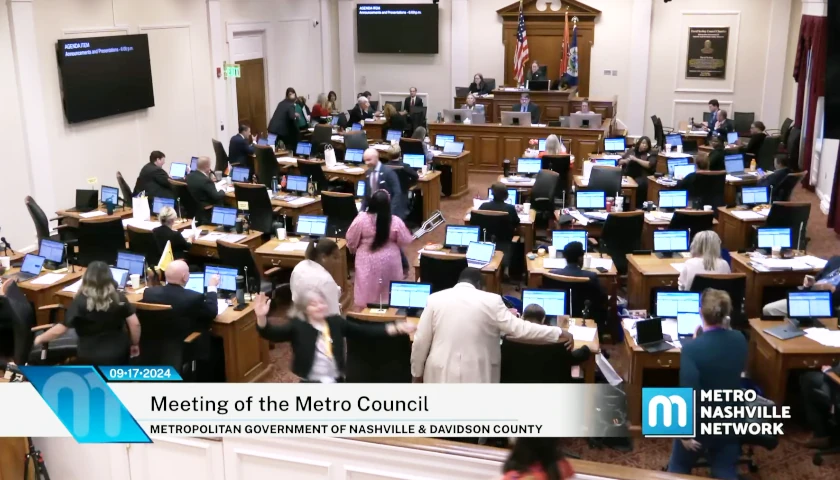
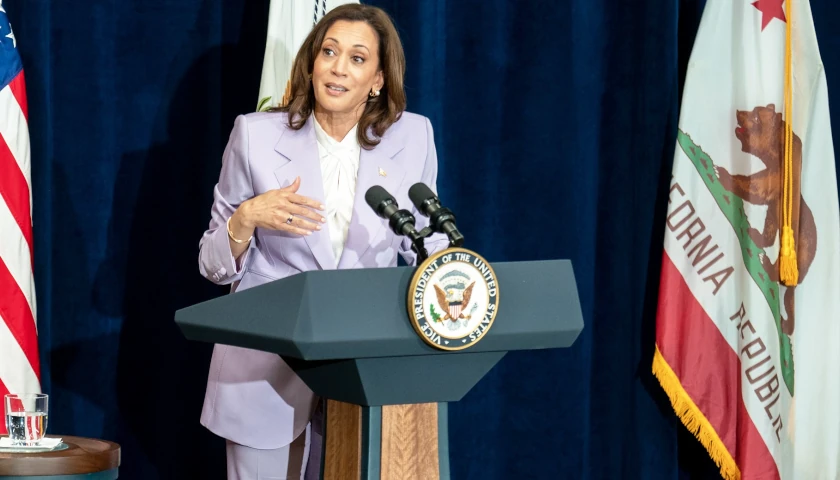
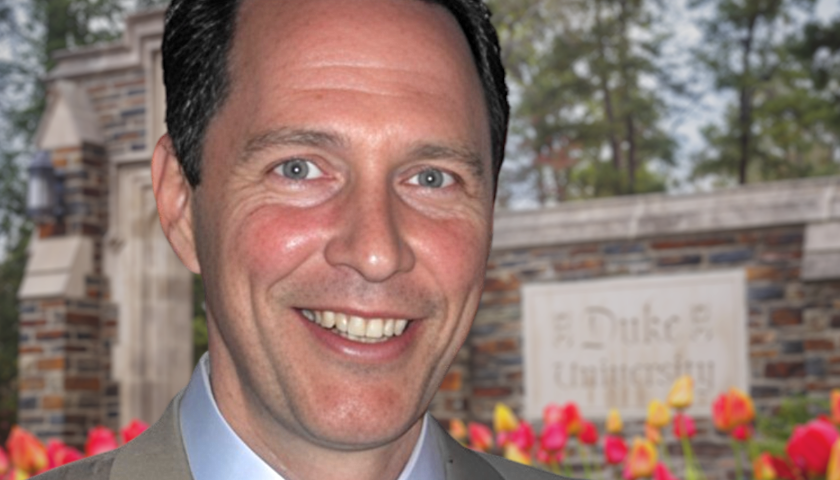
Hate Crimes? It appears from the coverage given by “the media’ it is only a hate crime if committed by a white person.
The reality of the reports of looting, and assaults and murders, if there are photos or videos is the Black Americans! That is the reality that the whole world sees but is forced to shut up, as Democrats and others have decreed it is racism. Racism was dead, but the Democrat brought it back to life.